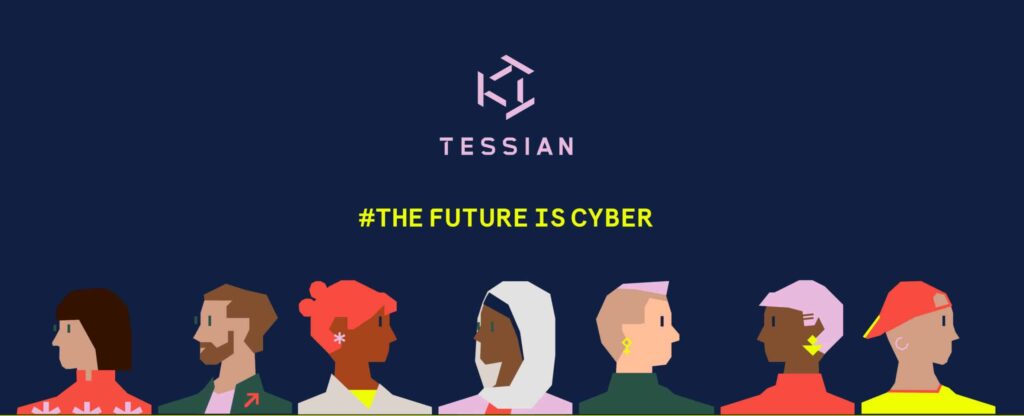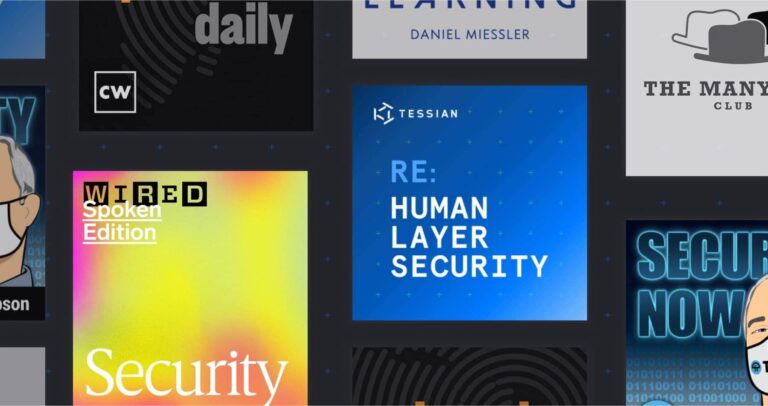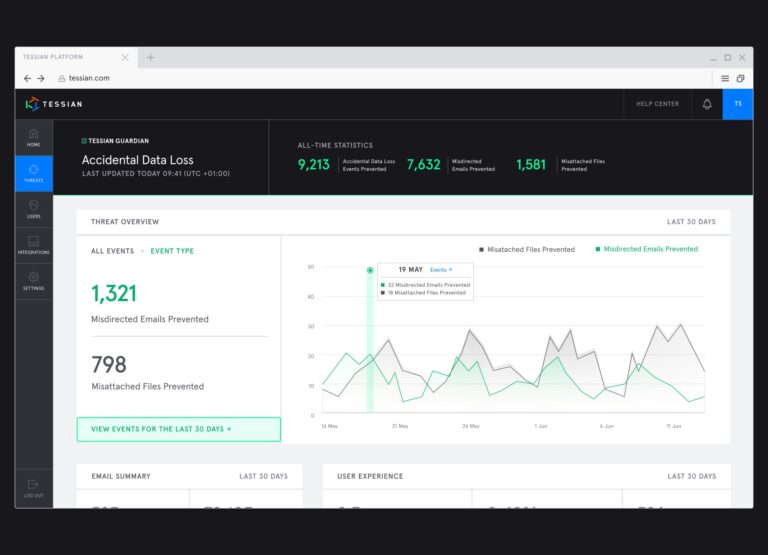Despite higher-than-average salaries, the opportunity to solve real-world problems, and unlimited growth potential, there’s a skills shortage in cybersecurity. In fact, the cybersecurity workforce needs to grow by 145% to meet the current global demand.
That’s over four million unfilled jobs.
But, there isn’t just a skills gap. There’s also a gender gap, with women making up less than a quarter of the workforce. The question is: Why?
To find out, Tessian:
- Worked with the Centre for Economics and Business Research to analyze the economic impact if the number of women working in the industry equaled the number of men
- Surveyed hundreds of female cybersecurity professionals in the US and the UK with Opinion Matters
- Interviewed over a dozen practitioners from some of the world’s biggest and most innovative organizations – including Google, KPMG, and IBM – about their own experiences.
To download the full report, click here.
“Need is the mother of invention. Highlighting the number of open positions and highlighting the fact that there are women with these skills in and outside of the industry is the first step.”
Carolann Shields
Former CISO at KPMG
An economic boost worth billions
Today, the cybersecurity industry contributes $107.7 billion in the US and £28.7 billion in the UK, and that’s in spite of four million job vacancies.
So, what would happen if we minimized both the skills gap and the gender gap, and the number of women working in cybersecurity rose to equal that of men? Our research reveals that we’d see an economic boost of $30.4 billion in the US and of £12.6 billion the UK, bringing the total contribution of the cybersecurity industry up to $150.8 billion and £45.7 billion in each respective country.
But, without a clear understanding of the challenges women currently working in the industry faced at the start of their career, organizations and governments will continue to struggle with recruitment.
And the challenges aren’t necessarily what you’d expect…
Cybersecurity has an image problem
While it’s easy to cite the gender gap as a barrier to entry – especially with 66% of women in cybersecurity agreeing there is a gender bias problem in the industry – it actually isn’t one of the biggest challenges women currently working in the industry have faced.
“66% of women in cybersecurity agree there is a gender bias problem in the industry”
Instead, women cite a lack of awareness or knowledge of the industry and a lack of clear career development paths as the biggest challenges, meaning a general demystification of the industry is required to encourage new entrants.
What’s more, 51% of women believe more accurate perceptions of the industry in the media would encourage more women to explore cybersecurity roles. This came first, beating out a more gender-balanced workforce, equal pay, and cybersecurity-specific school curriculums.
So, what is the industry actually like? Read the full report to find out the top 5 skills needed for a range of cybersecurity roles, including CISO, network engineer, data scientist, and risk & compliance. You can also read the profiles of each of our contributors which prove there is no “stereotypical” cybersecurity professional.
The industry is future-proof
Demystifying the industry truly is essential, especially because the industry is one of the most important today, with over half of those surveyed saying that they joined for exactly that reason.
But, it’s not just the opinion of cybersecurity professionals.
In fact, the global cybersecurity market is booming, having grown 30x in the last 13 years. That’s because cybersecurity professionals are solving real-world problems and are making a positive impact doing so. After all, data has become valuable currency and ransomware attacks, phishing scams, and network breaches are costing businesses and governments billions every year.
“93% of women working in cybersecurity say they feel secure or very secure working in this industry”
Perhaps that’s why the vast majority of women surveyed feel so stable in their jobs; 93% saying they feel secure or very secure working in this industry. Unfortunately, though, without encouraging more people to join the industry, professionals will struggle to keep pace with the ever-evolving threat landscape.
The cybersecurity industry – like all other industries – requires diversity to thrive. And we don’t just mean gender diversity. The field is wide open for a range of educational and professional backgrounds, from psychology majors to business analysts and just about everything in between.
Read the full report to learn more, including:
- How opinions of the industry differ based on age, company size, and region
- The economic impact the industry would have if the number of women working in cybersecurity equaled the number of men and the wage gap was eliminated
- The five most important developments in the cybersecurity industry today
- Resources – including cybersecurity groups, female empowerment groups, and industry-specific certifications to help you make a start in the field
Challenge perceptions, make an impact.
#TheFutureIsCyber












